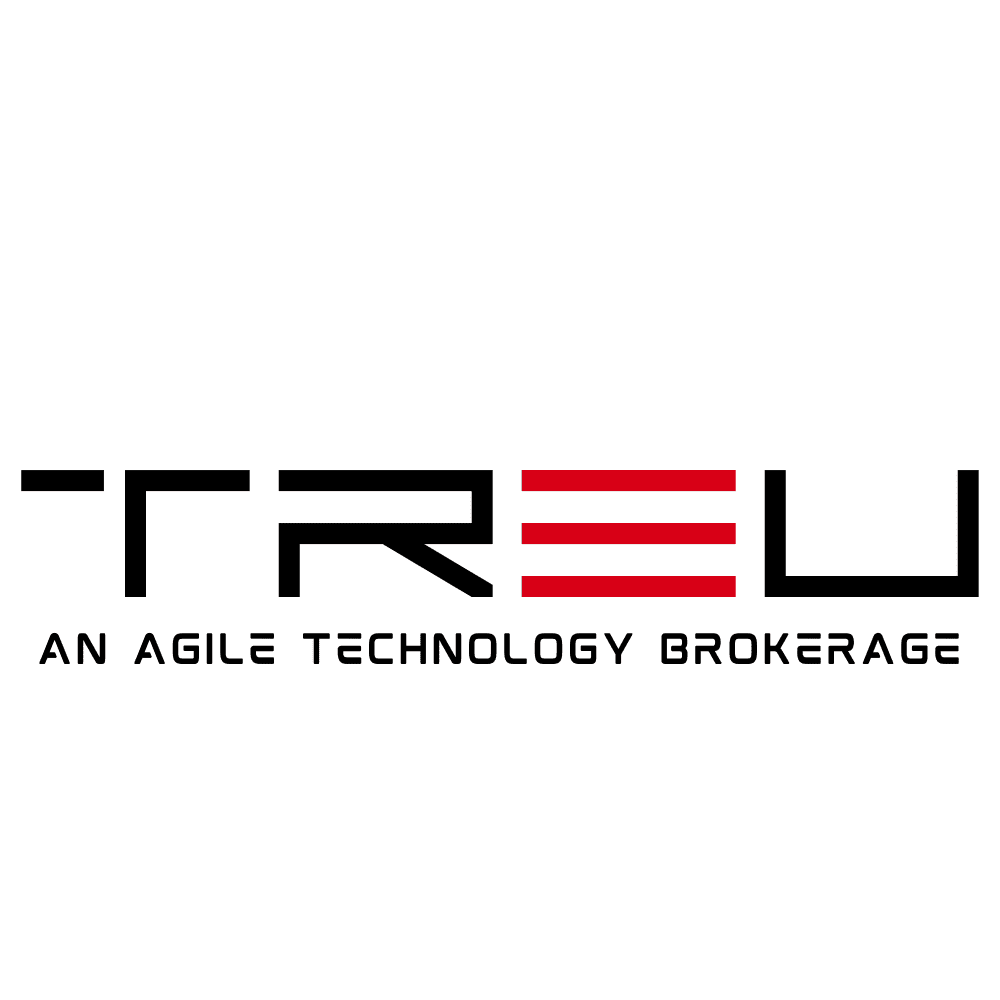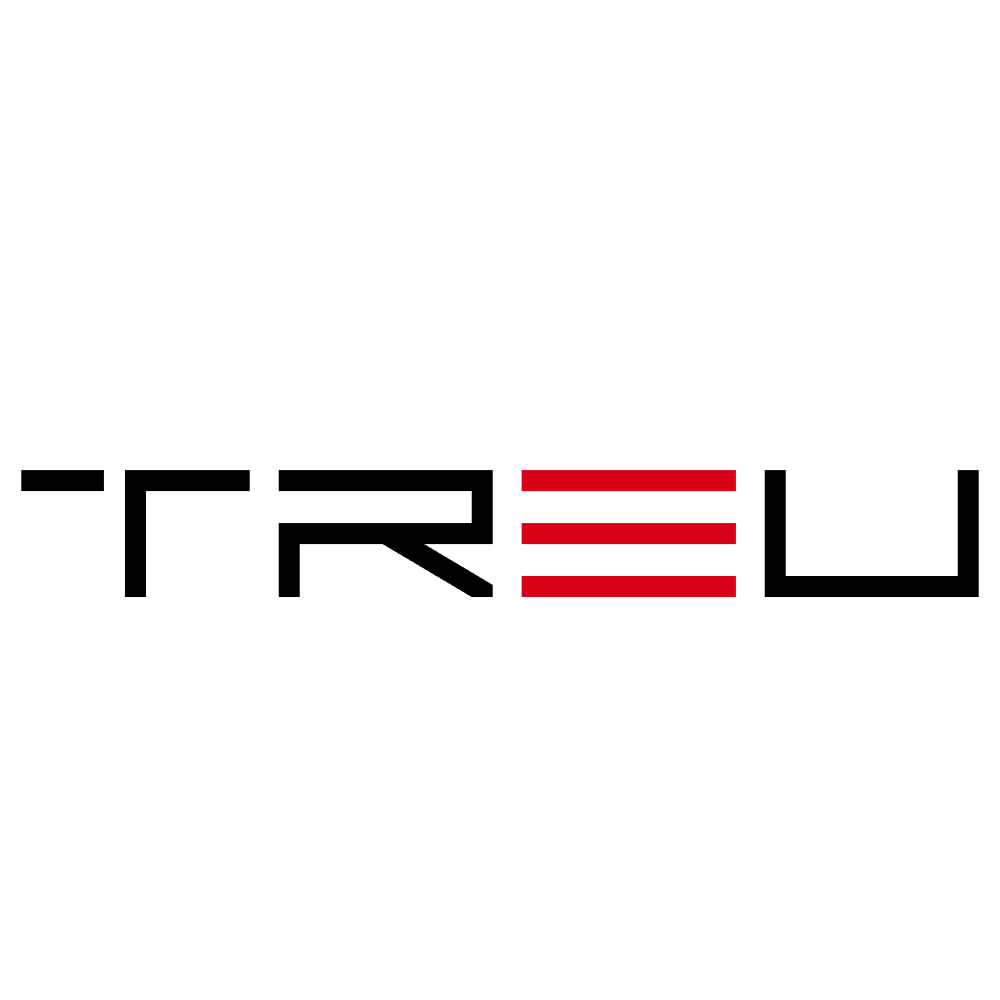“`html
TIAA Technologist Cautions Against Overspending on Generative AI Trends
The rise of generative AI has radically transformed the technological landscape, offering groundbreaking tools to businesses and individuals alike. But according to a top technologist from TIAA (Teachers Insurance and Annuity Association of America), the hype surrounding these tools may lead to a dangerous trend: unnecessary overspending. While generative AI undoubtedly holds significant potential, organizations must tread carefully and strategically when investing in this technology to maximize its value without wasting resources.
The Allure of Generative AI
Generative AI has become one of the most talked-about innovations in recent years. Industries ranging from healthcare to finance, entertainment, and customer service have adopted AI tools for tasks such as automating workflows, improving personalization, and creating original content. The promise of increased efficiency and reduced costs has many businesses flocking to tools like ChatGPT, DALL-E, and other AI-powered platforms — but there’s a risk of falling into the trap of overspending without proper foresight.
The TIAA technologist believes that the excitement is understandable but warns against getting swept up in what might be described as a “tech gold rush.” Businesses eager to adopt the latest innovations may inadvertently spend millions of dollars on tools and systems that lack alignment with their strategic goals. This warning brings to light the importance of thoughtful investment and evaluation when considering generative AI.
The Cost of Buying into the Generative AI Hype
Generative AI’s immense promise is often accompanied by equally immense financial costs. Companies eager to stay ahead of competitors might find themselves locked into high-budget software or custom AI solutions that don’t deliver measurable business outcomes. According to the TIAA expert, organizations are paying a premium for these cutting-edge tools without fully understanding how to integrate them into their existing workflows effectively.
Here are some of the hidden costs businesses may incur with poorly planned AI investments:
- Licensing and Subscription Fees: Most high-performing generative AI tools operate on costly subscription models with ongoing fees that add up over time.
- Infrastructure Upgrades: Implementing generative AI often requires upgrades to computing infrastructure to support the increased demand for processing power and data storage.
- Training and Adoption: Employees will need training to fully utilize new AI platforms, which can strain budgets and resources.
- Lack of ROI: Mistakes in evaluating use cases for AI adoption could result in tools that don’t deliver meaningful returns, leading to sunk costs.
The TIAA technologist underscores that these hidden expenses can often outweigh the benefits if companies aren’t careful. Blind adoption of generative AI leads to inflated budgets, unrealized potential, and wasted effort.
Strategic Investment: What Companies Should Ask Before Spending
To avoid the financial pitfalls associated with generative AI, the TIAA expert advocates for a focused and measured approach. Organizations need to ask the right questions before making significant investments. Consider the following:
1. Does the AI Solution Align with Core Business Goals?
One of the most critical errors companies make, according to the technologist, is buying into trendy technology without ensuring its relevance to their objectives. Generative AI should serve a clear purpose, whether that’s improving efficiency, enhancing customer experiences, or driving innovation in product development.
2. What are the Expected Costs Versus Benefits?
Conduct a comprehensive cost-benefit analysis to determine whether the proposed investment will pay off. This includes evaluating both quantitative benefits, like revenue growth or cost reductions, as well as qualitative gains, such as improved customer satisfaction.
3. Is There an Execution Plan in Place?
Even if the technology fits the business strategy, the absence of a clear implementation plan can impede its success. Companies should outline a roadmap for how the AI solution will be integrated, alongside timelines and metrics to measure success.
4. Are Employees Prepared for Change?
Generative AI tools often require workforce buy-in and upskilling to be effective. The TIAA technologist emphasizes the importance of ensuring that employees are trained on how to use AI tools to their full potential — otherwise, the technology may go underutilized.
5. Are AI Investments Scalable?
It’s important to think long-term. Organizations should consider whether pilot projects or small-scale implementations can eventually grow into full-scale solutions as needs evolve. Scalable investments prevent companies from overextending their budgets prematurely.
Lessons Learned: Takeaways for Businesses
The insights provided by TIAA’s technology expert offer several key lessons for businesses looking to capitalize on generative AI without depleting their resources. Here are the actionable takeaways:
- Be Skeptical About Industry Trends: Just because everyone is investing in generative AI doesn’t mean it’s the right move for your business.
- Focus on Specific Use Cases: Pinpoint problems the technology can solve within your organization before making a purchase.
- Opt for Incremental Adoption: Start small with pilot projects, test results, and scale as necessary instead of committing to sweeping implementations all at once.
- Measure Impact: Set up metrics and KPIs to track gain versus investment at every stage of adoption.
- Prioritize Employee Enablement: Don’t overlook the importance of training staff members to get the most out of the AI solutions.
The Path Forward: Balance Hype With Practicality
There’s no denying the transformative potential of generative AI technologies. The tools have the ability to unlock new opportunities for efficiency, creativity, and innovation in virtually every industry. However, organizations must approach these technologies intelligently. An unbalanced focus on hype over practicality can result in misaligned priorities and substantial financial losses.
TIAA’s warning serves as a timely reminder: businesses need to balance optimism around generative AI with realistic planning and careful budgeting. By aligning investments with actual business goals, conducting cost-benefit analyses, and rolling out technology gradually, companies can avoid the pitfalls of overspending on AI trends while still reaping the benefits of innovation.
Conclusion
Generative AI represents both a challenge and an opportunity for modern organizations. As businesses navigate this rapidly advancing landscape, the advice from TIAA’s technologist offers a valuable lens for making smarter, more strategic investments. The key lies in avoiding knee-jerk reactions to technological hype and instead focusing on purposeful adoption strategies that maximize value while minimizing unnecessary costs.
By asking the right questions, planning ahead, and prioritizing scalability, organizations can enjoy the transformative benefits of generative AI without succumbing to overspending. As the technology continues to evolve, so too must the strategies for integrating it effectively into business frameworks — a principle that will remain relevant for years to come.
“`

